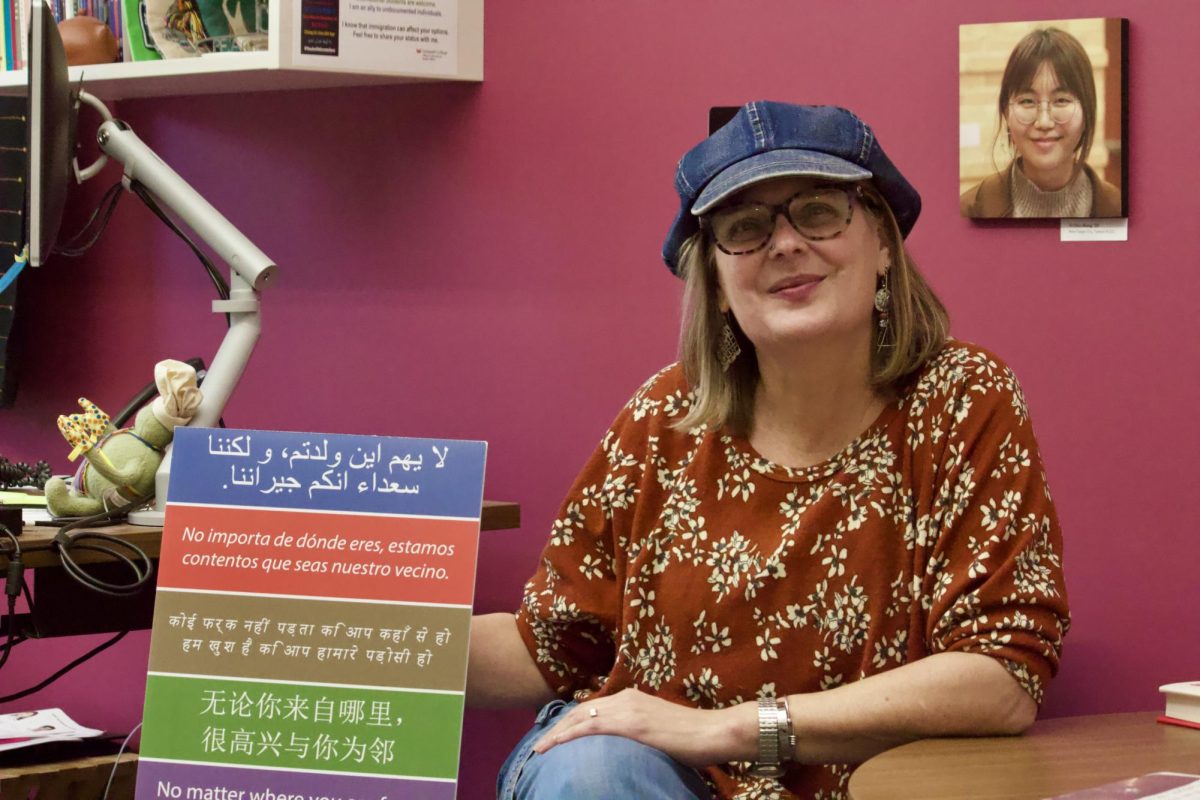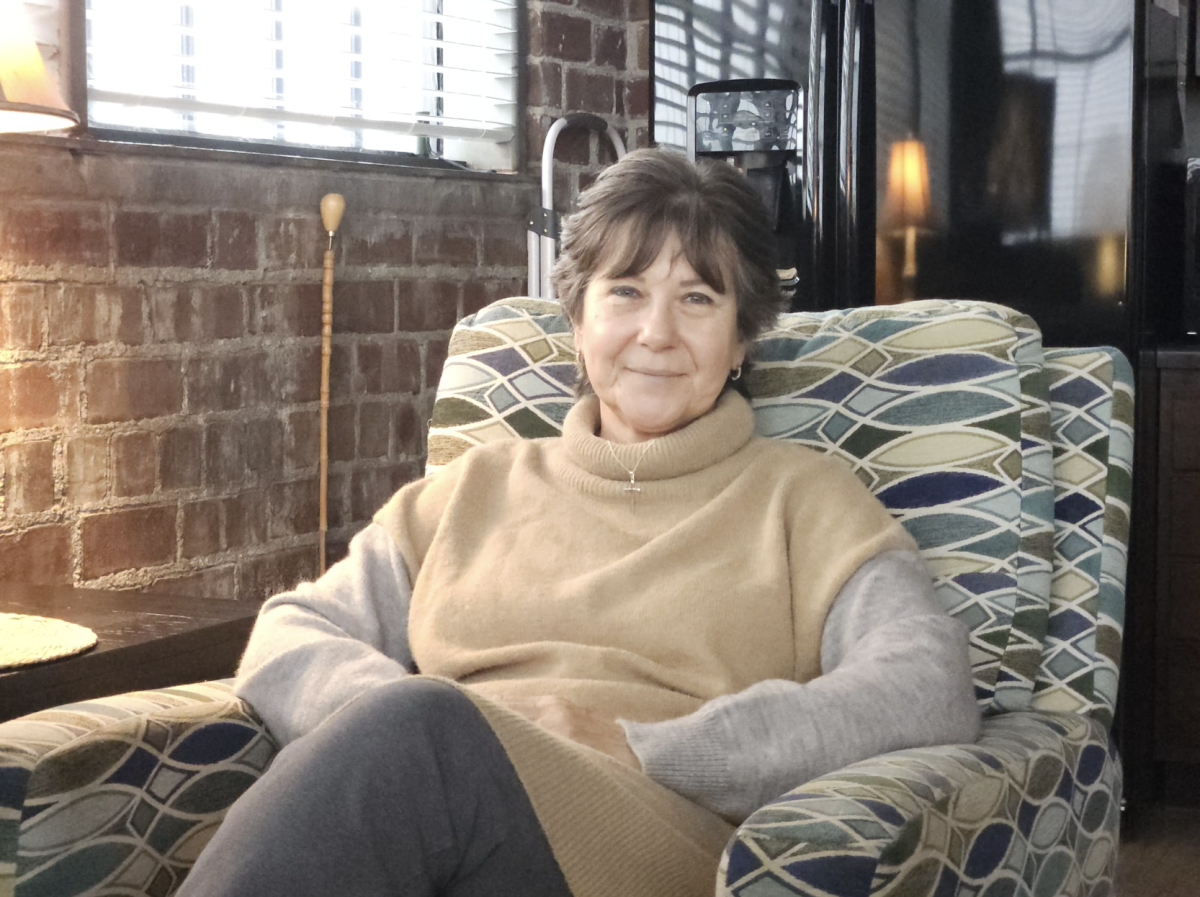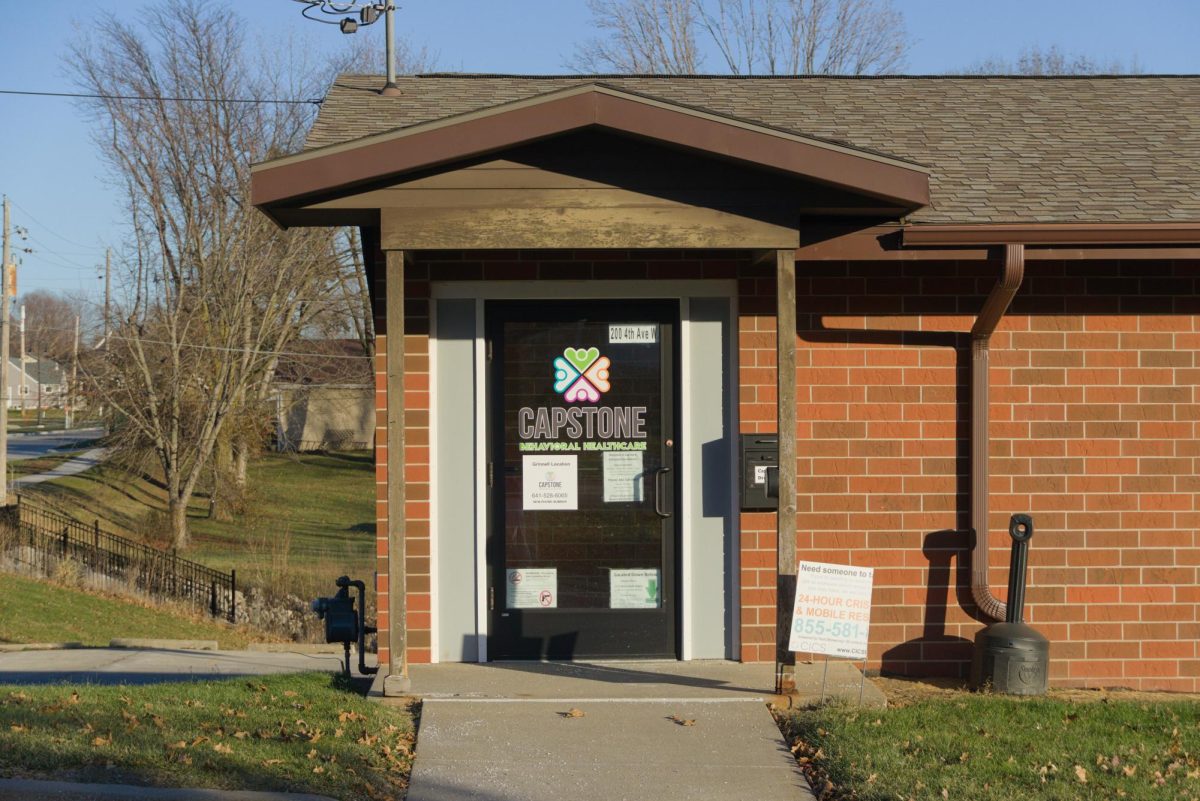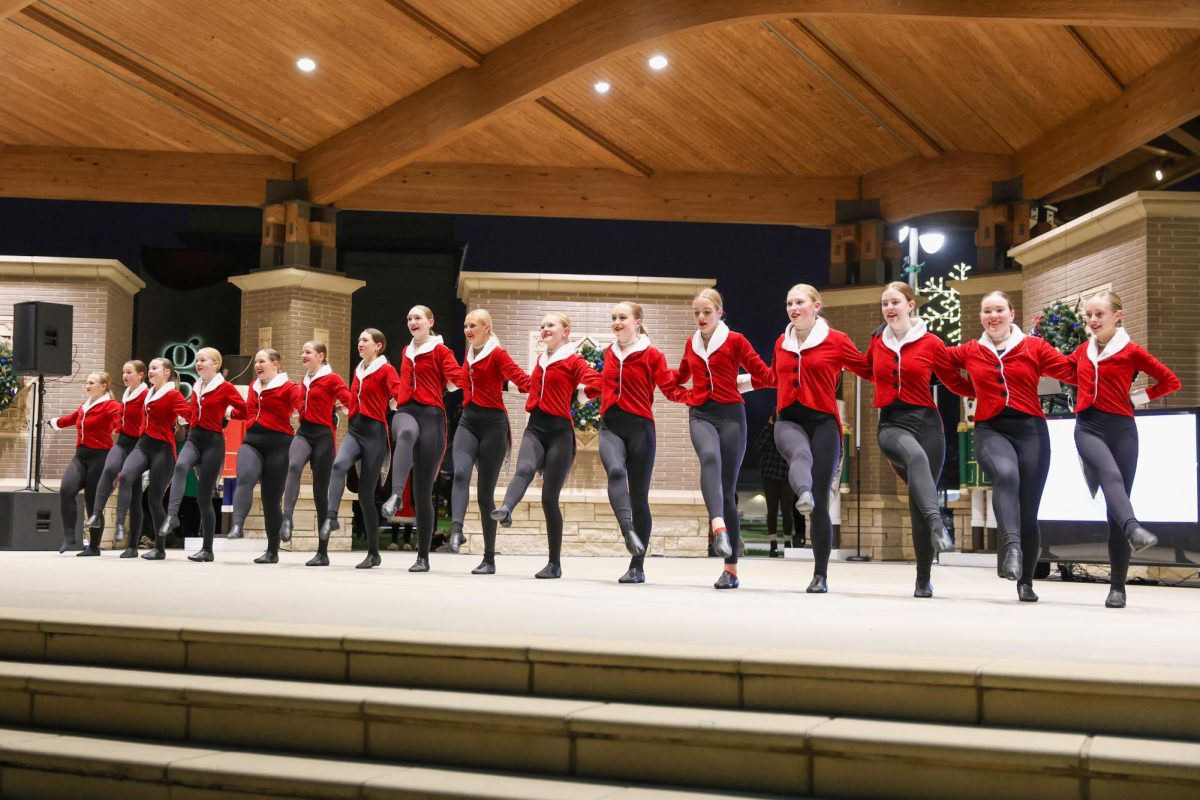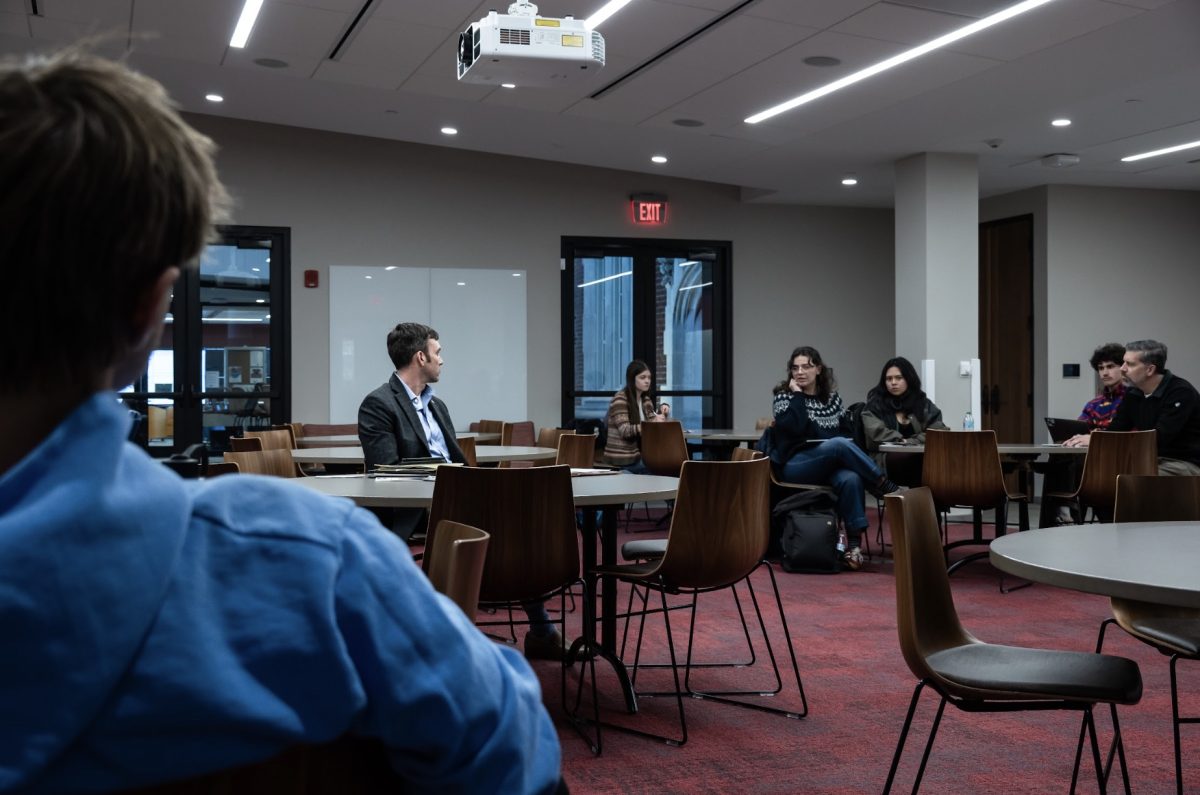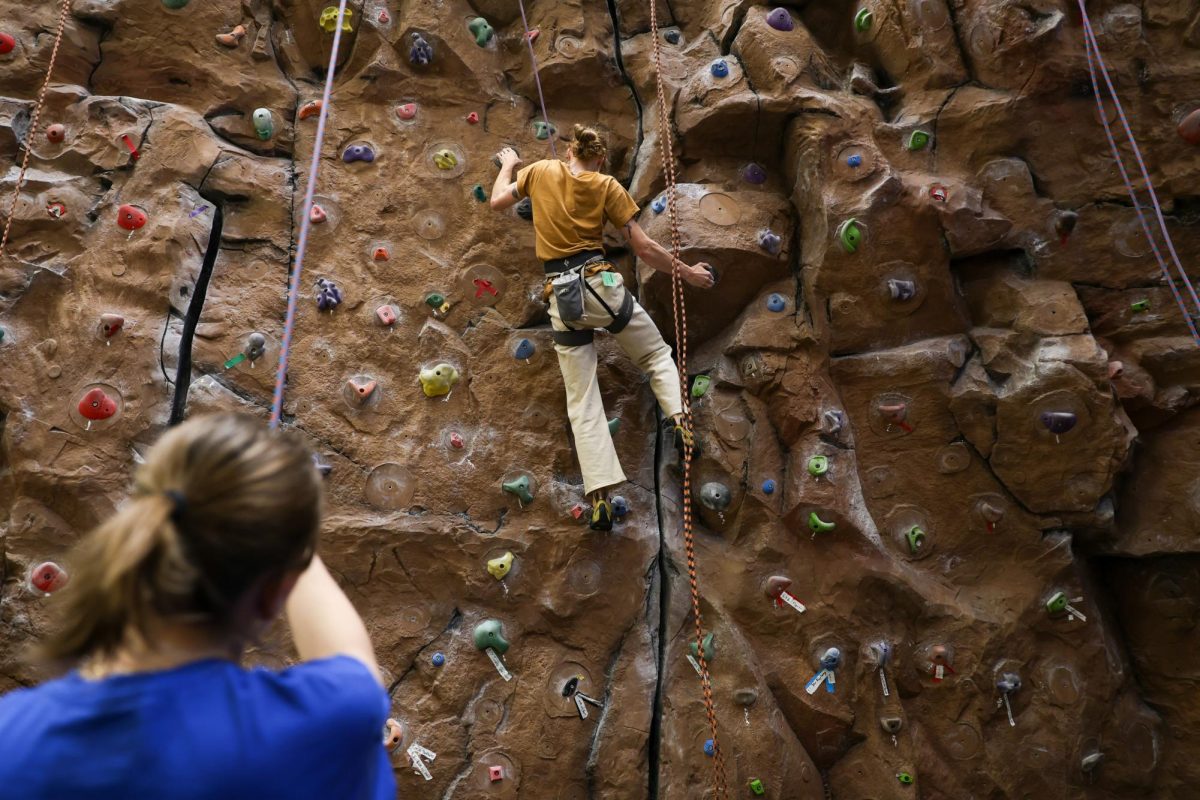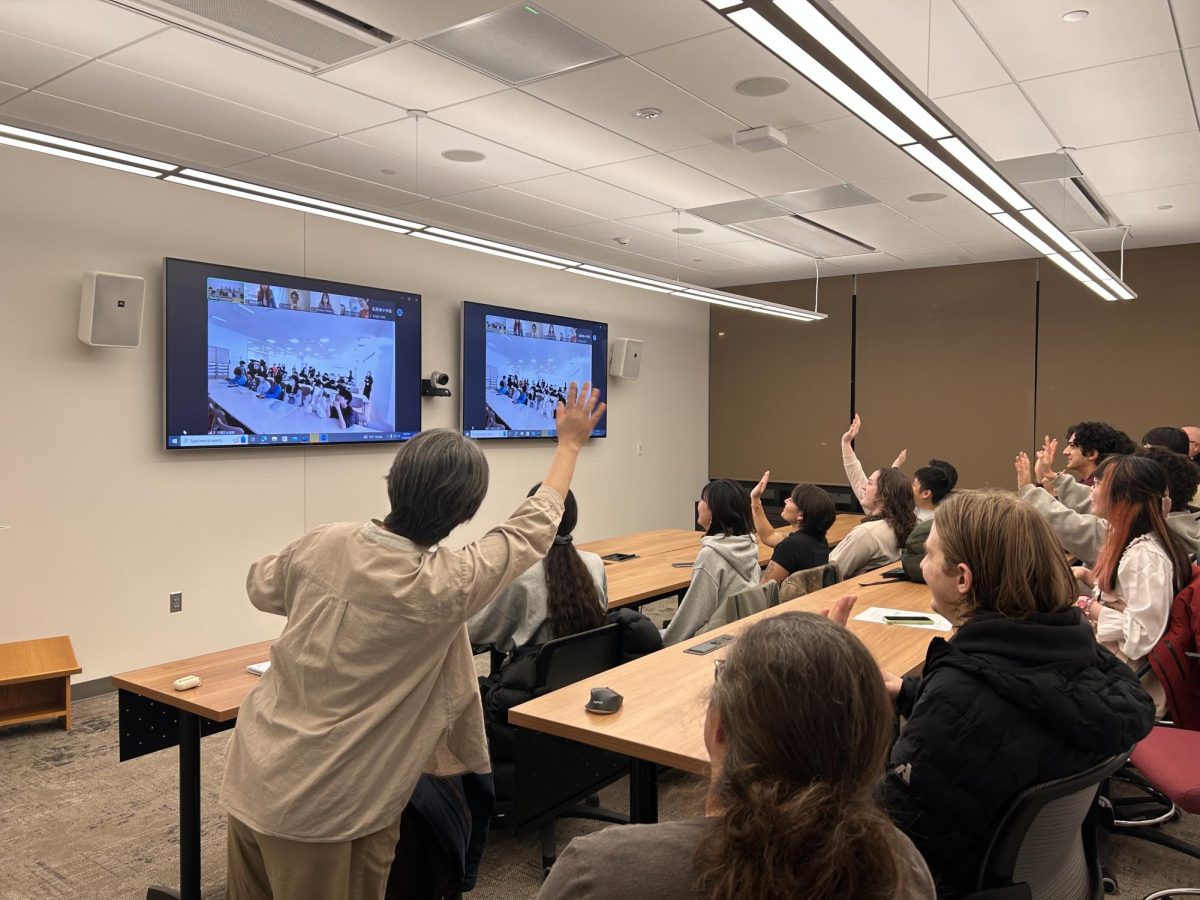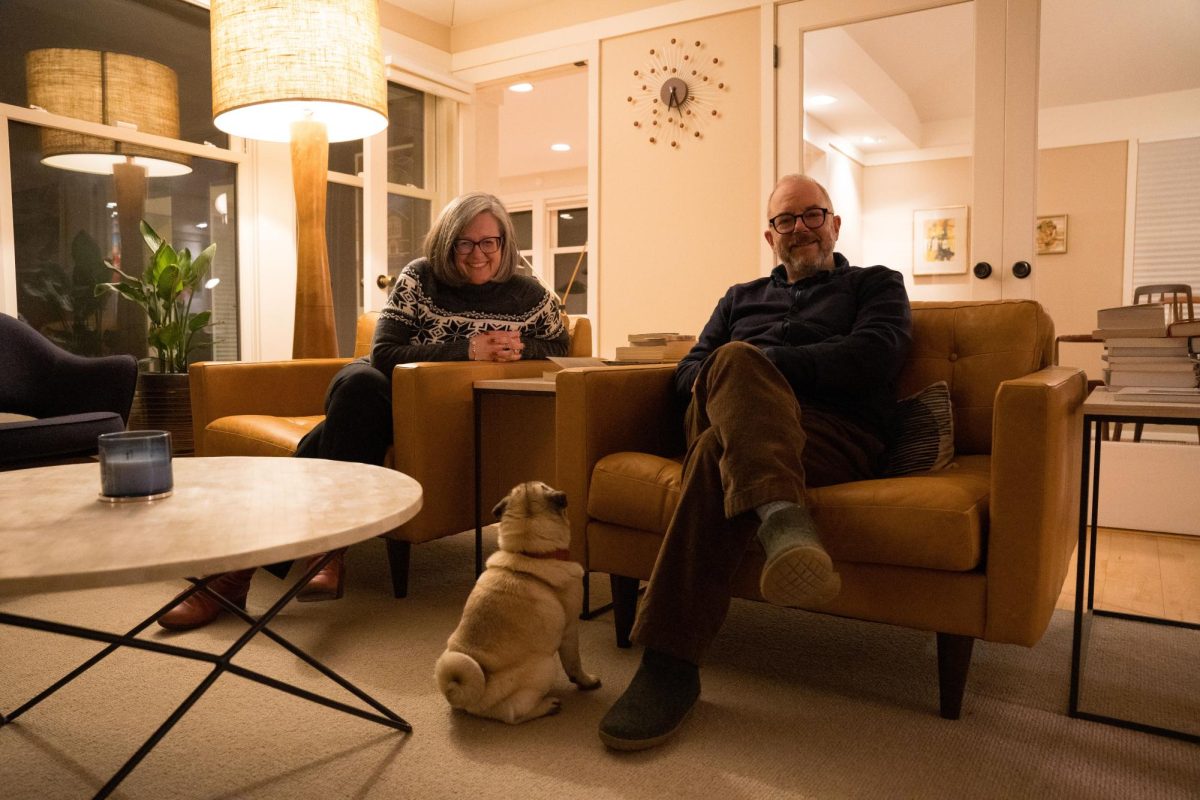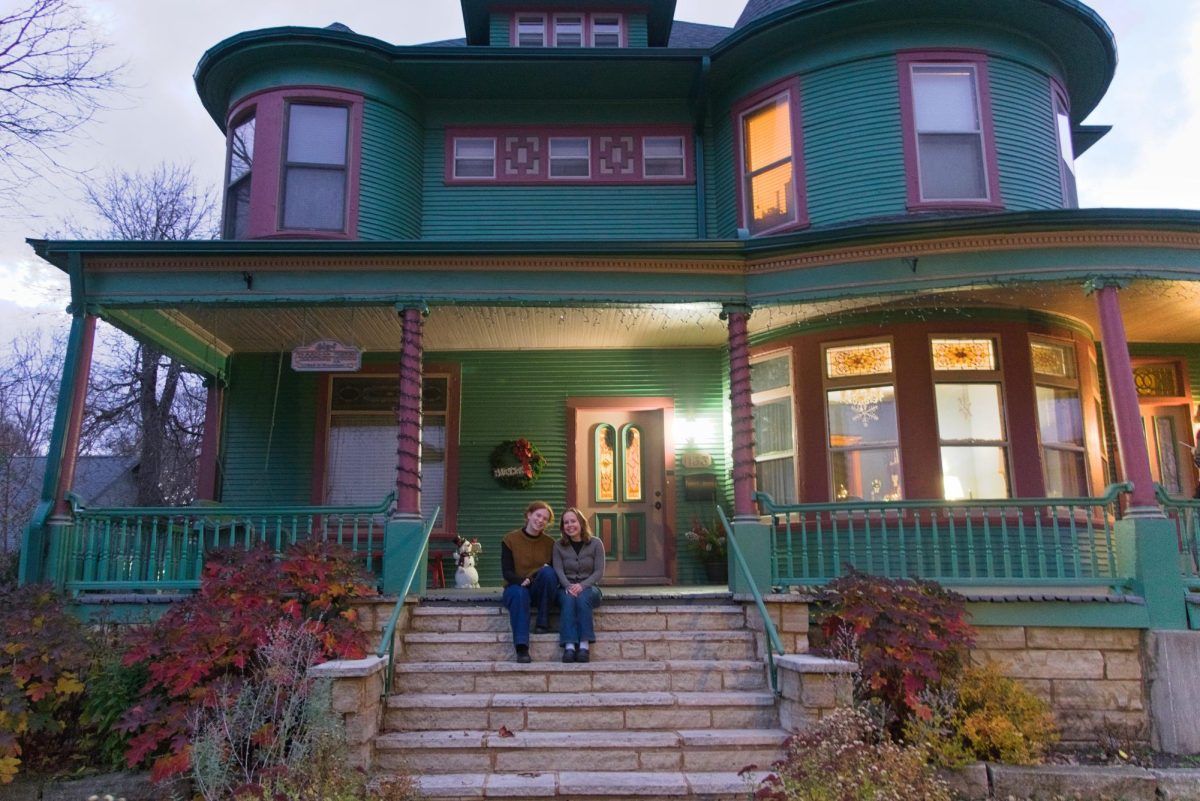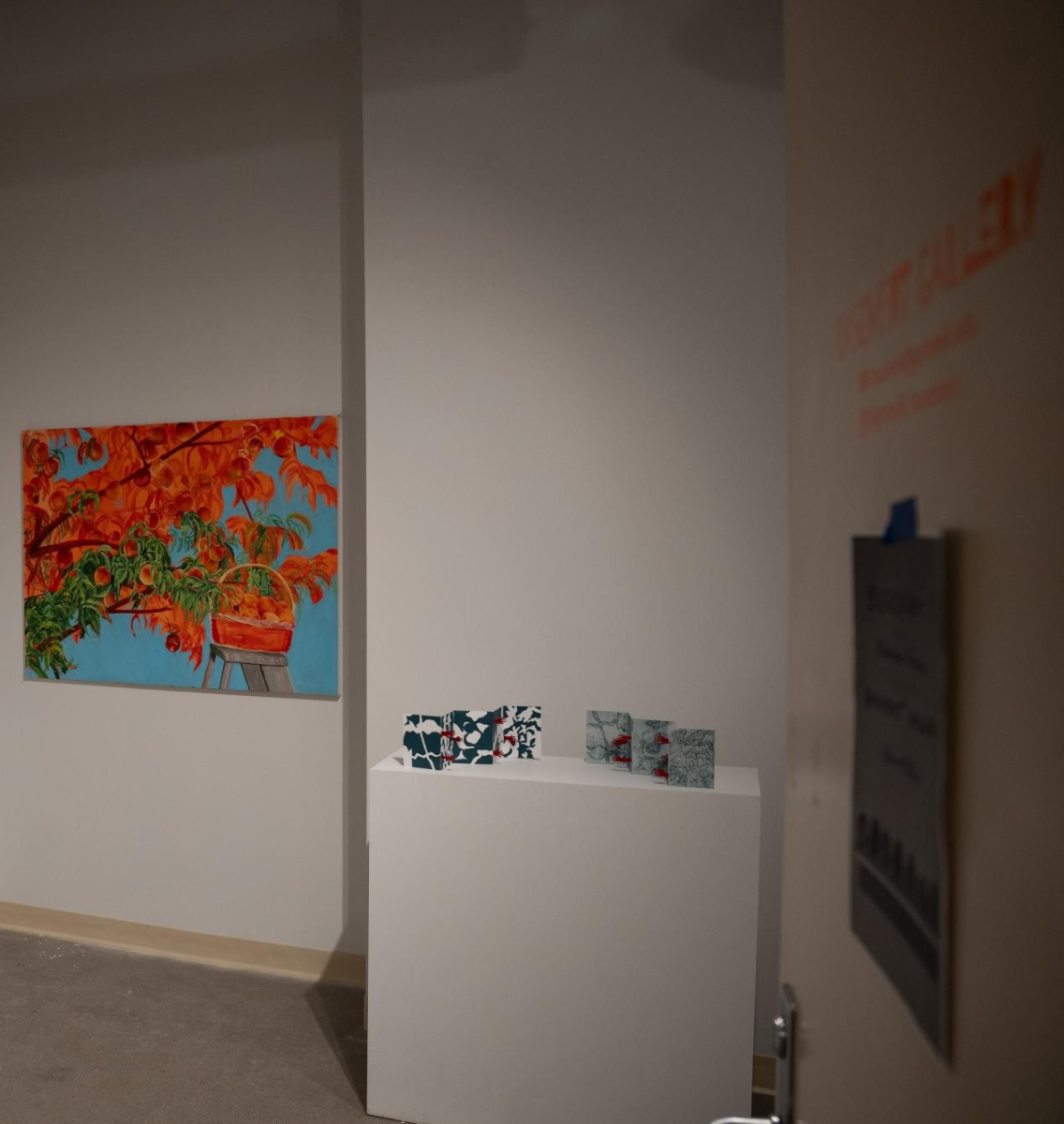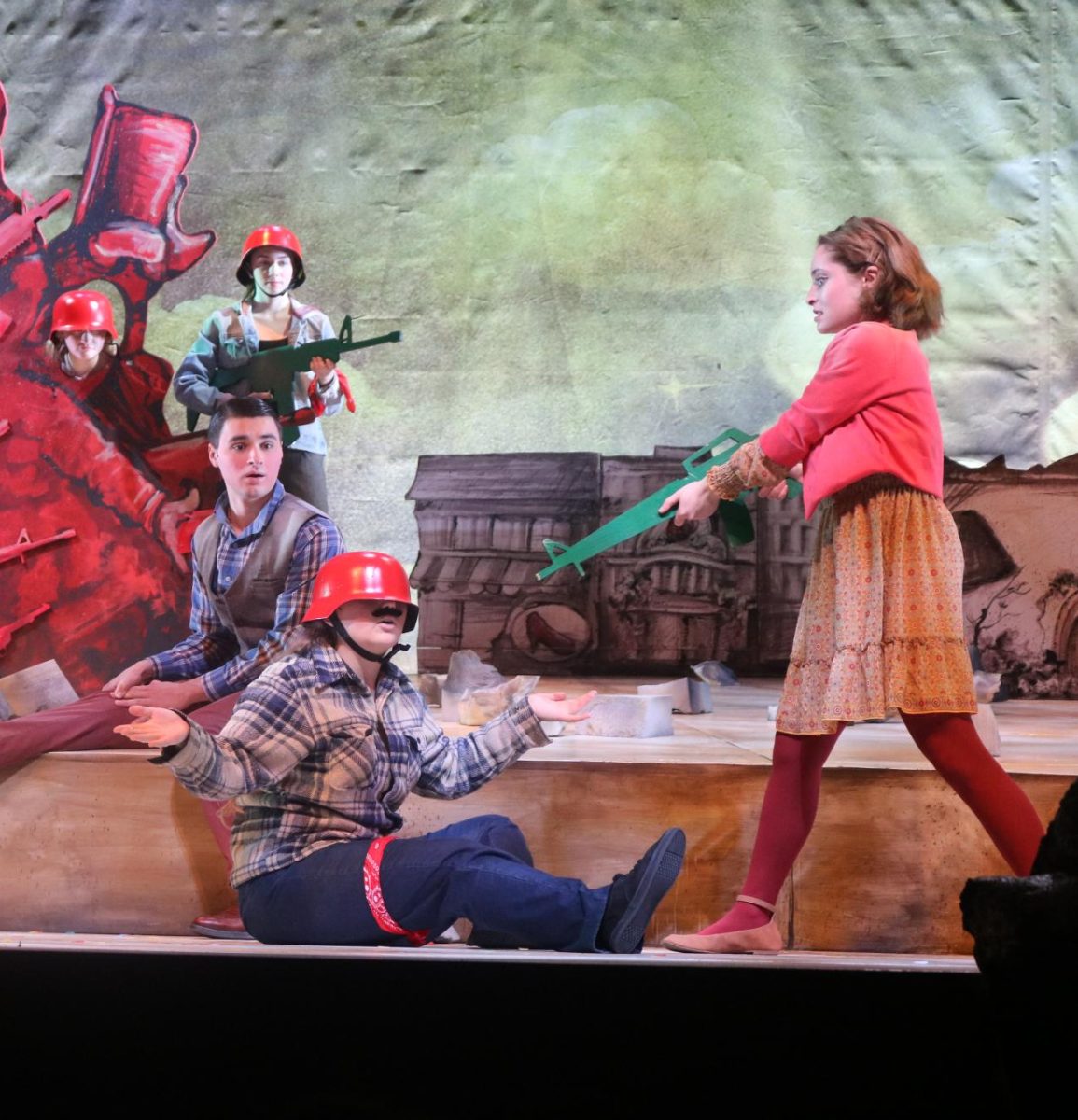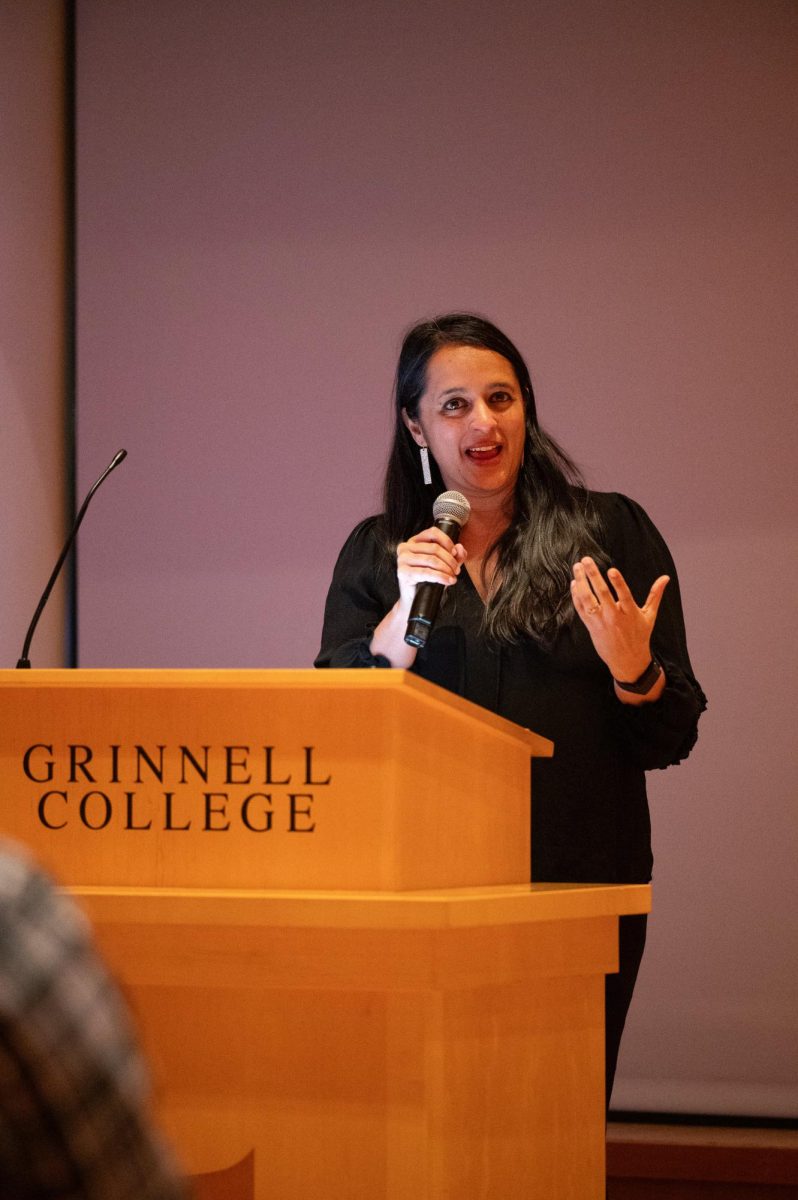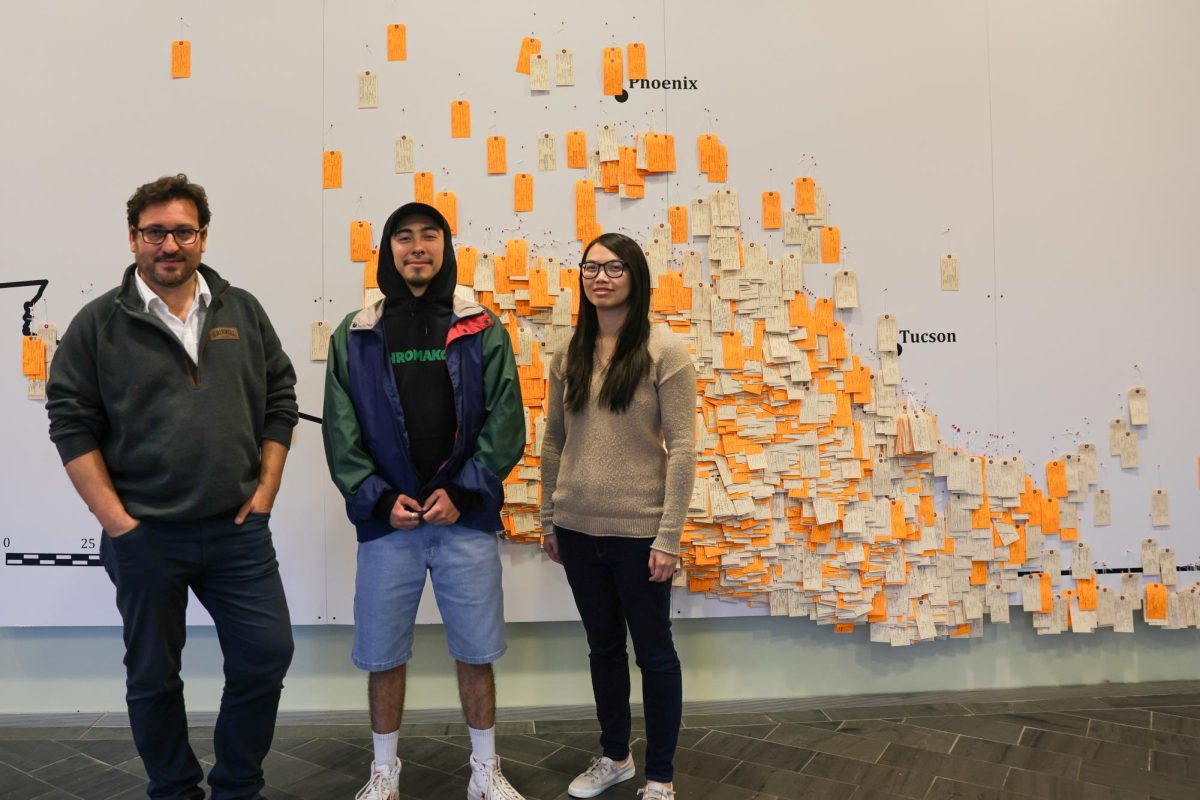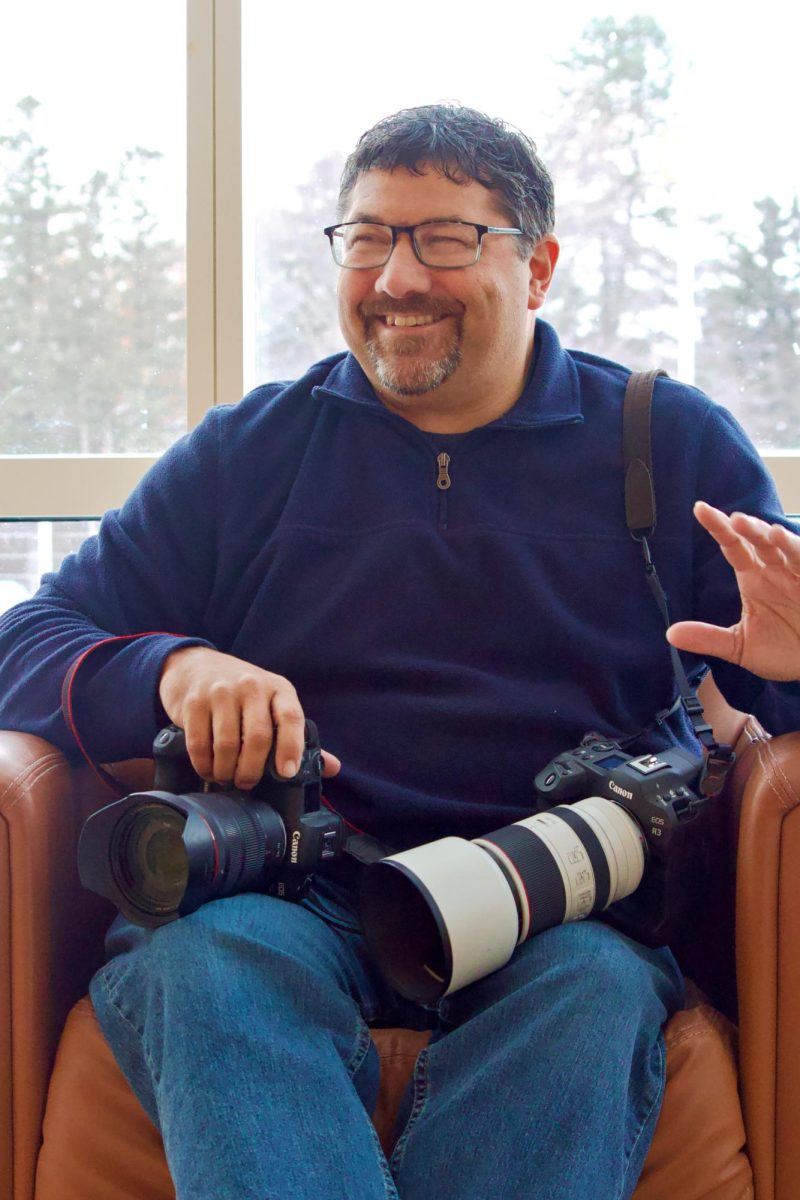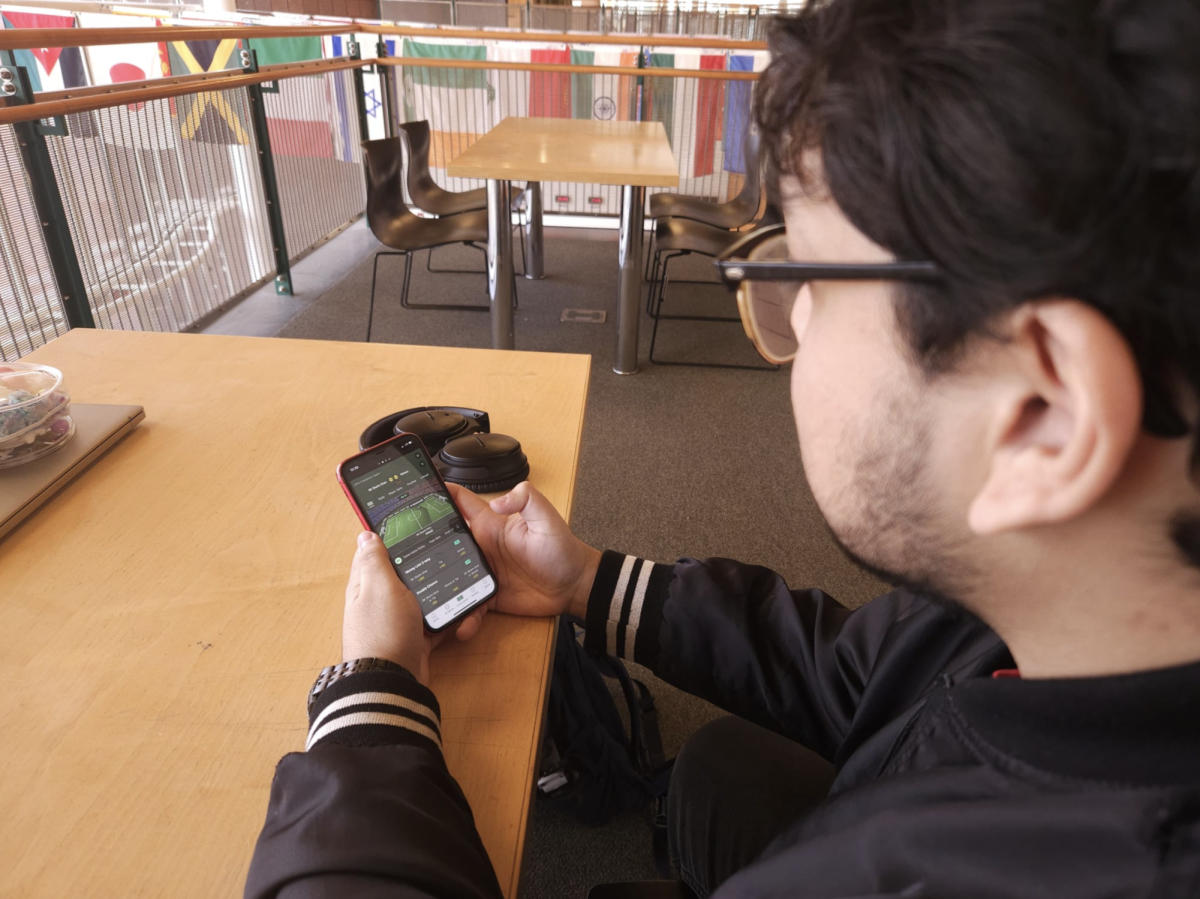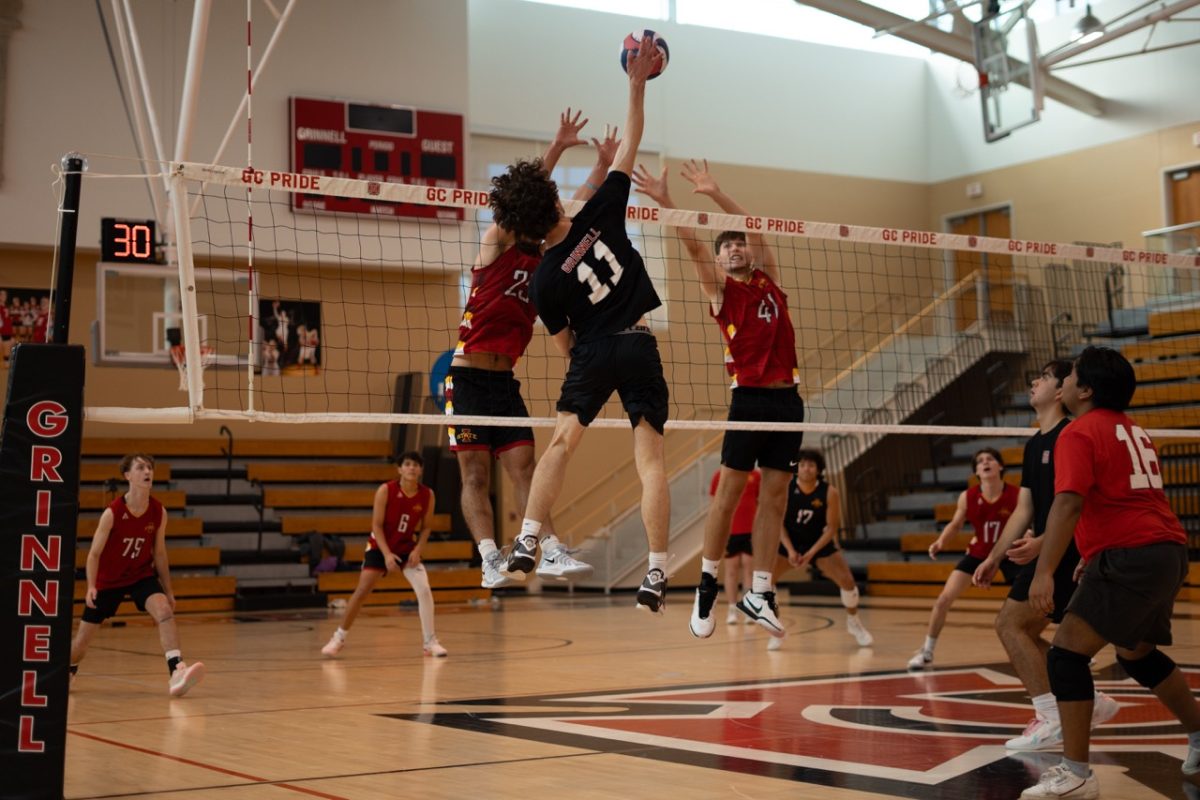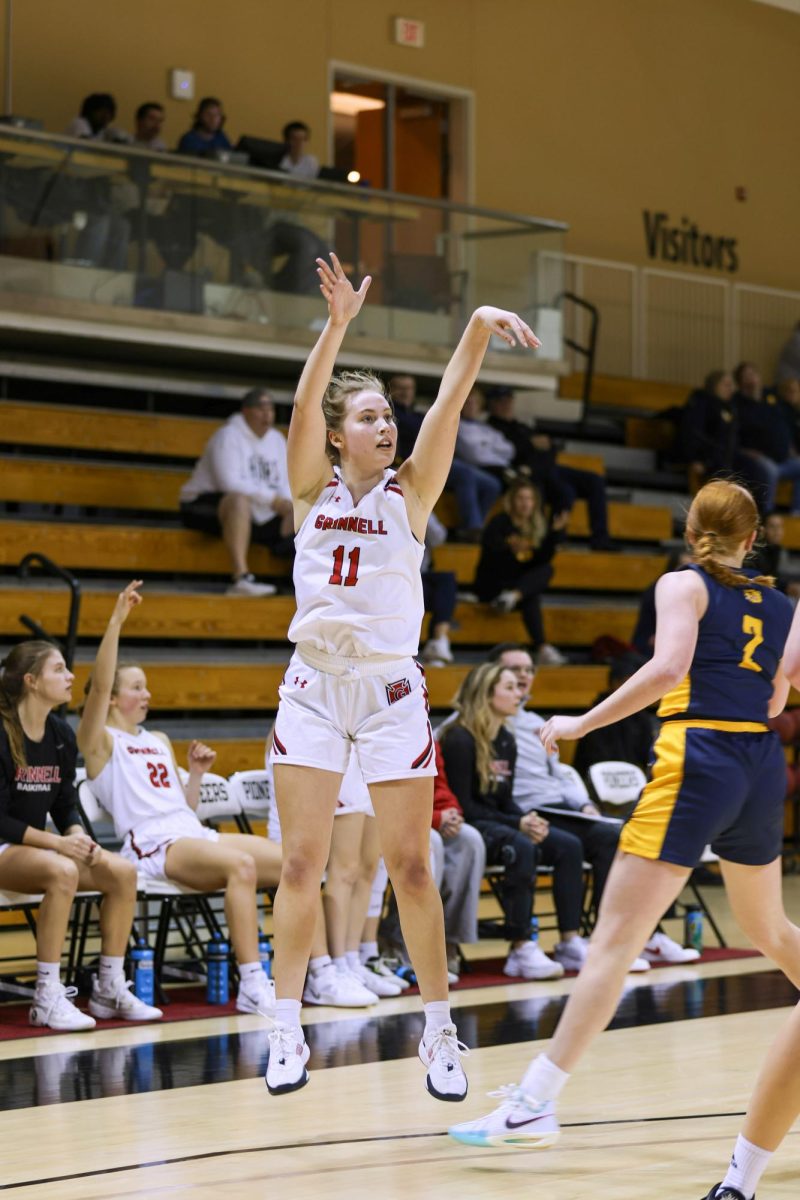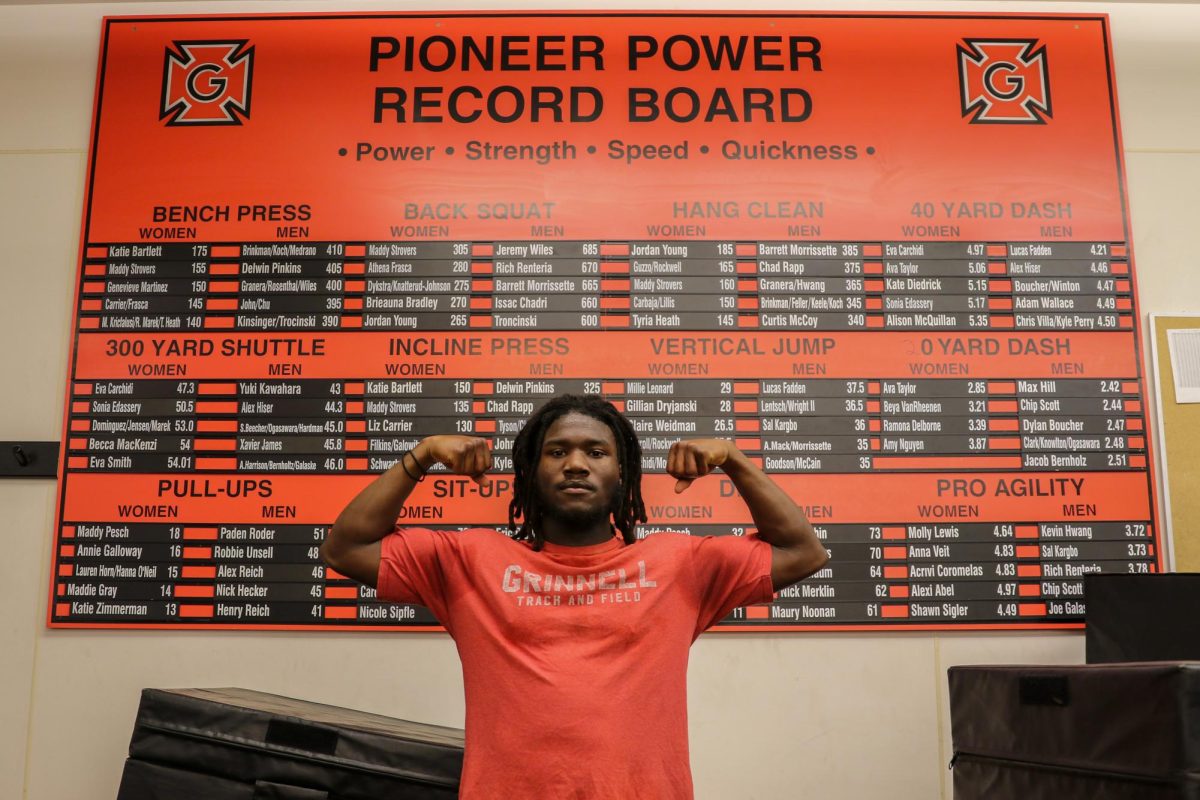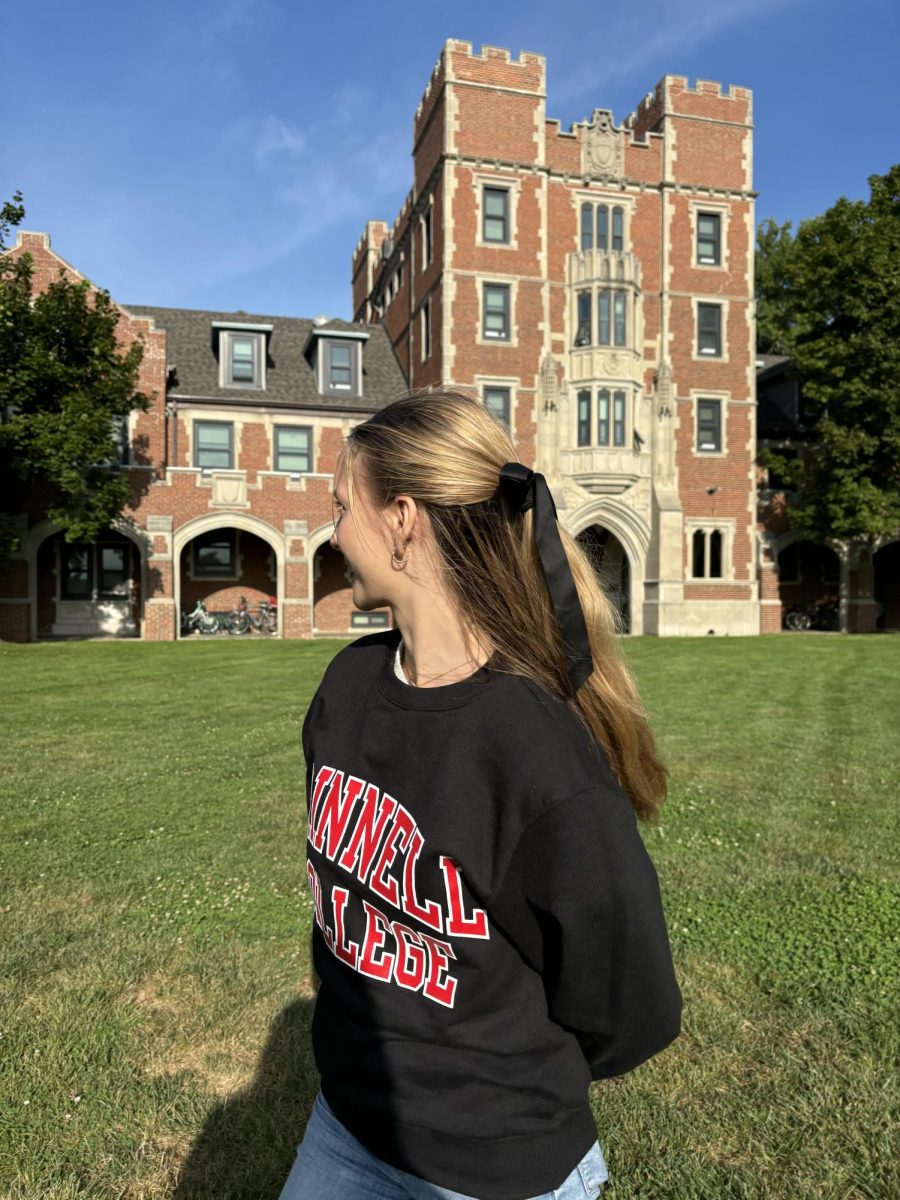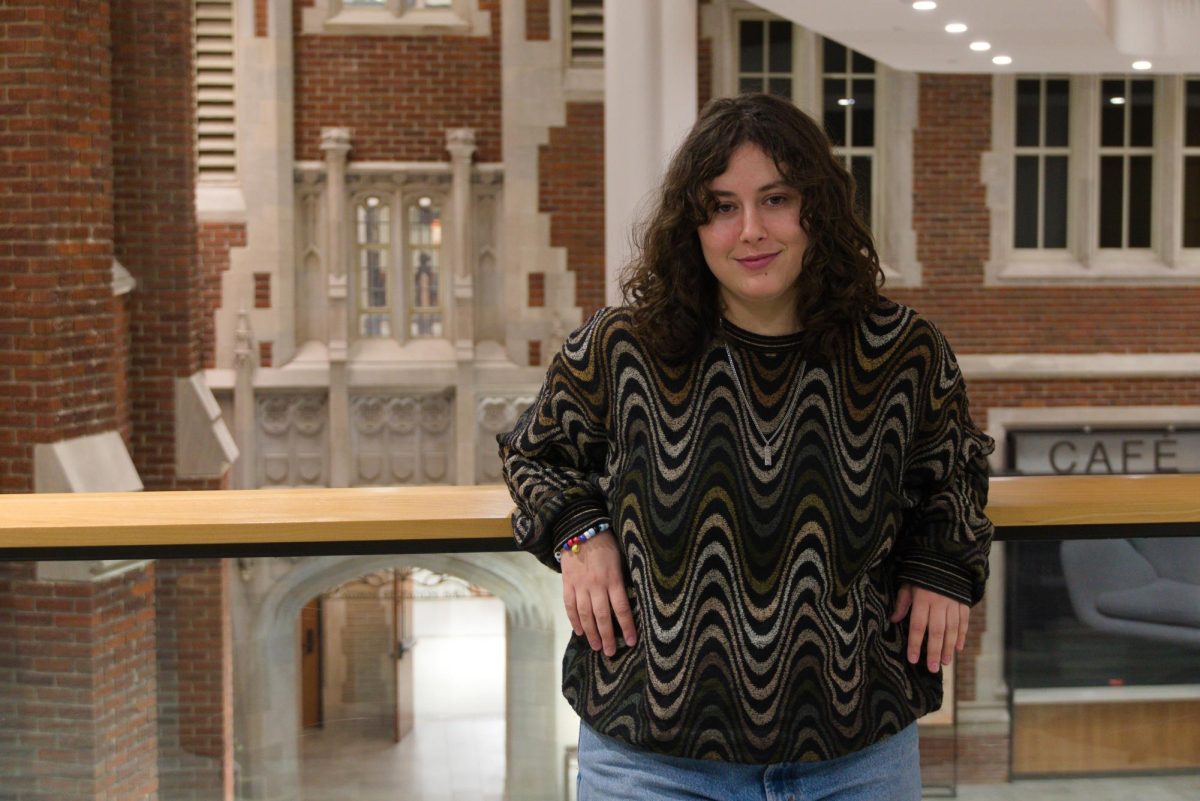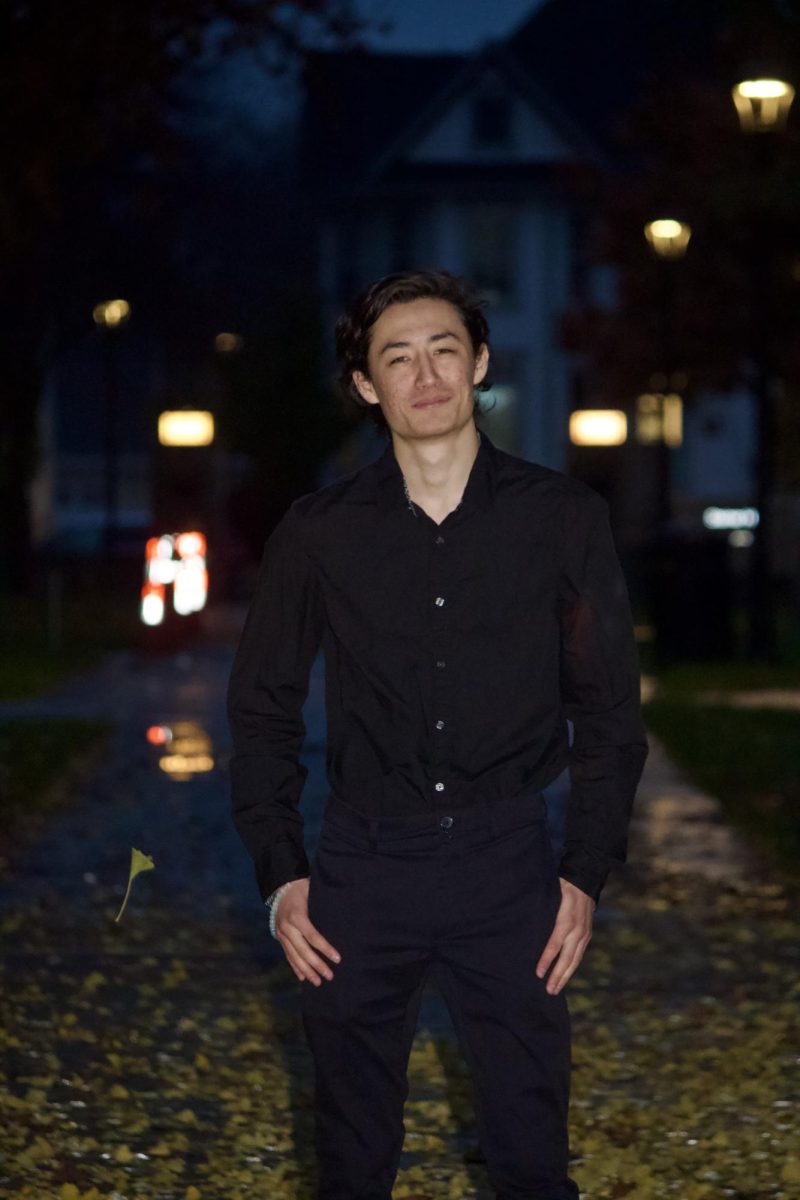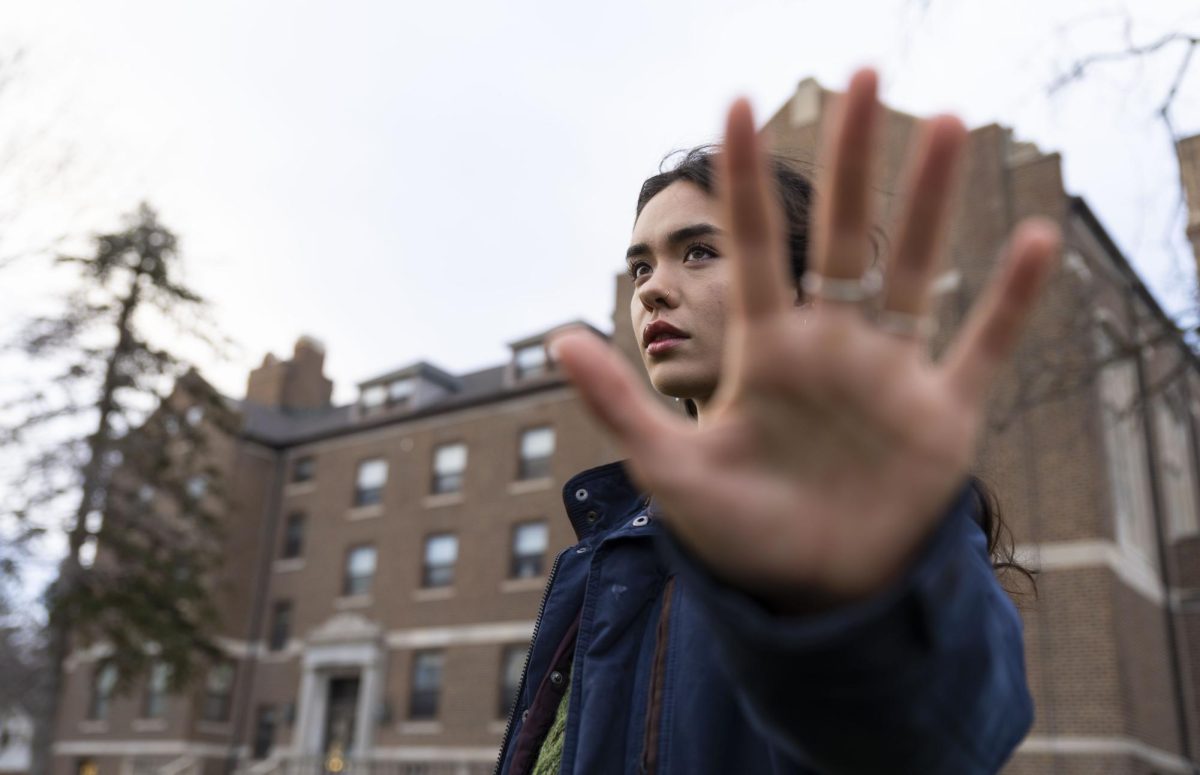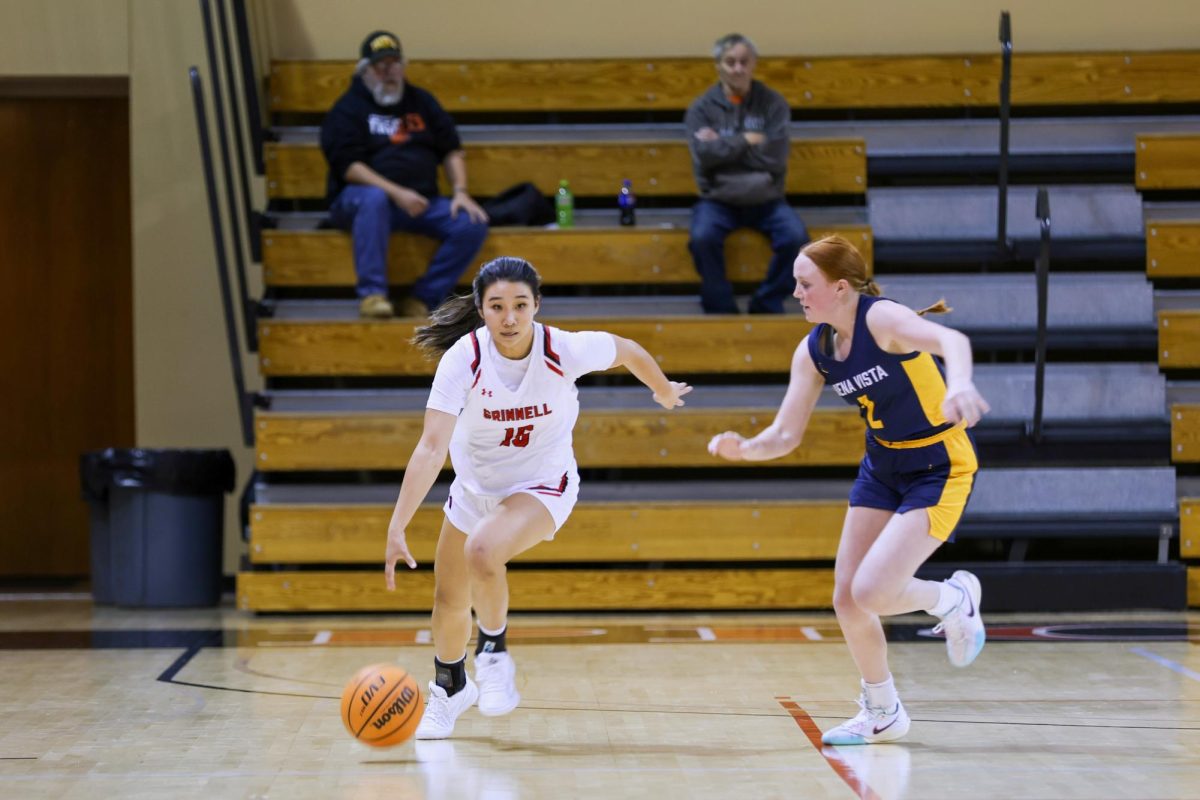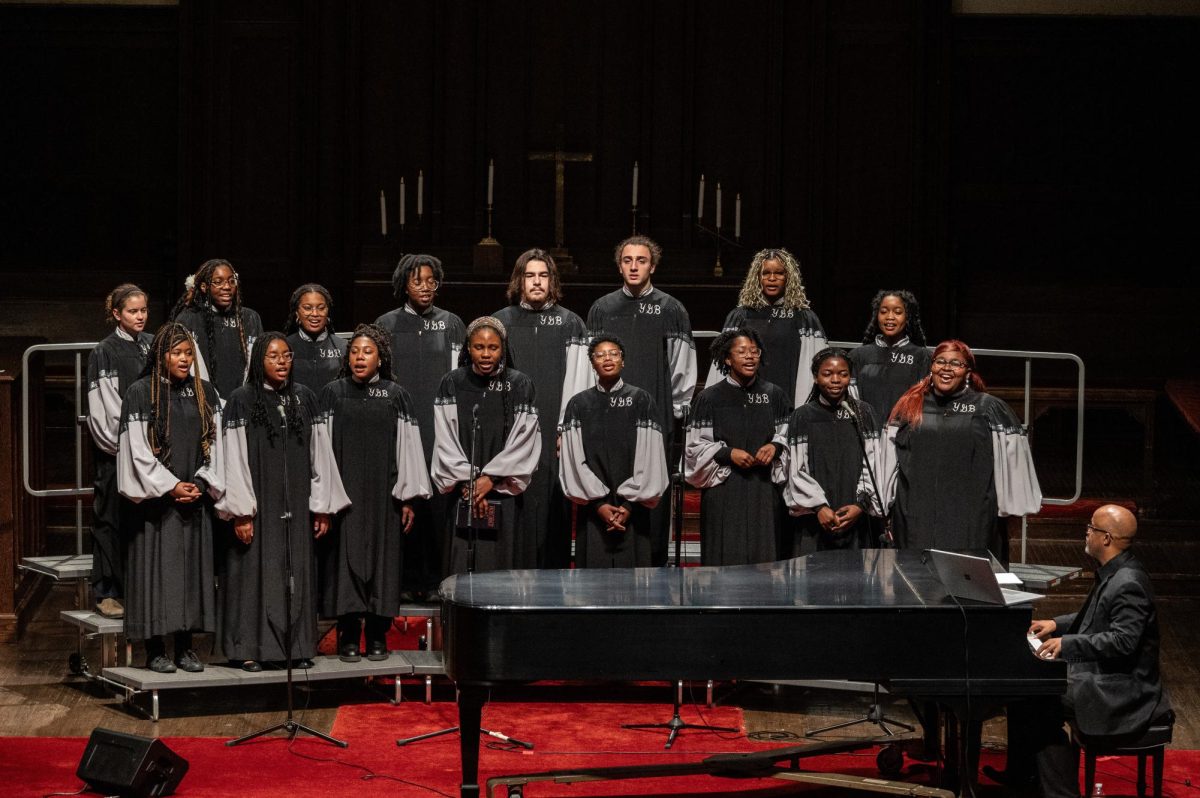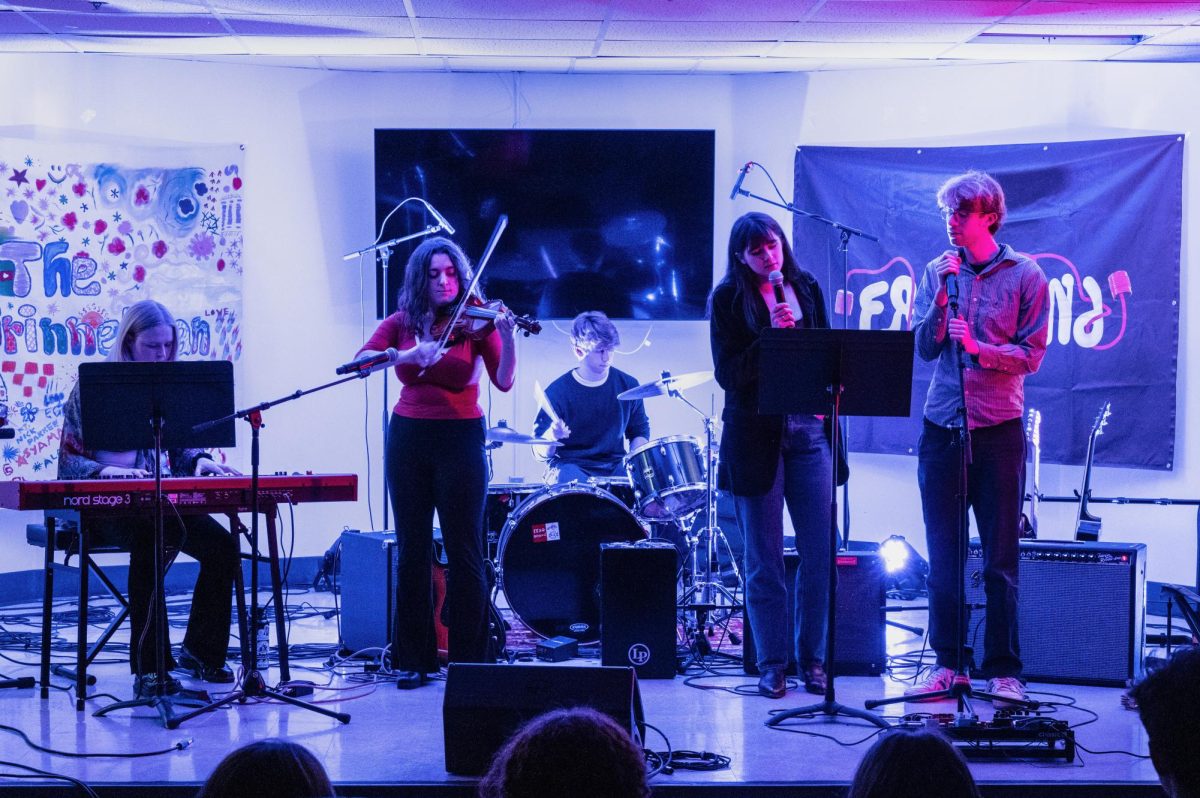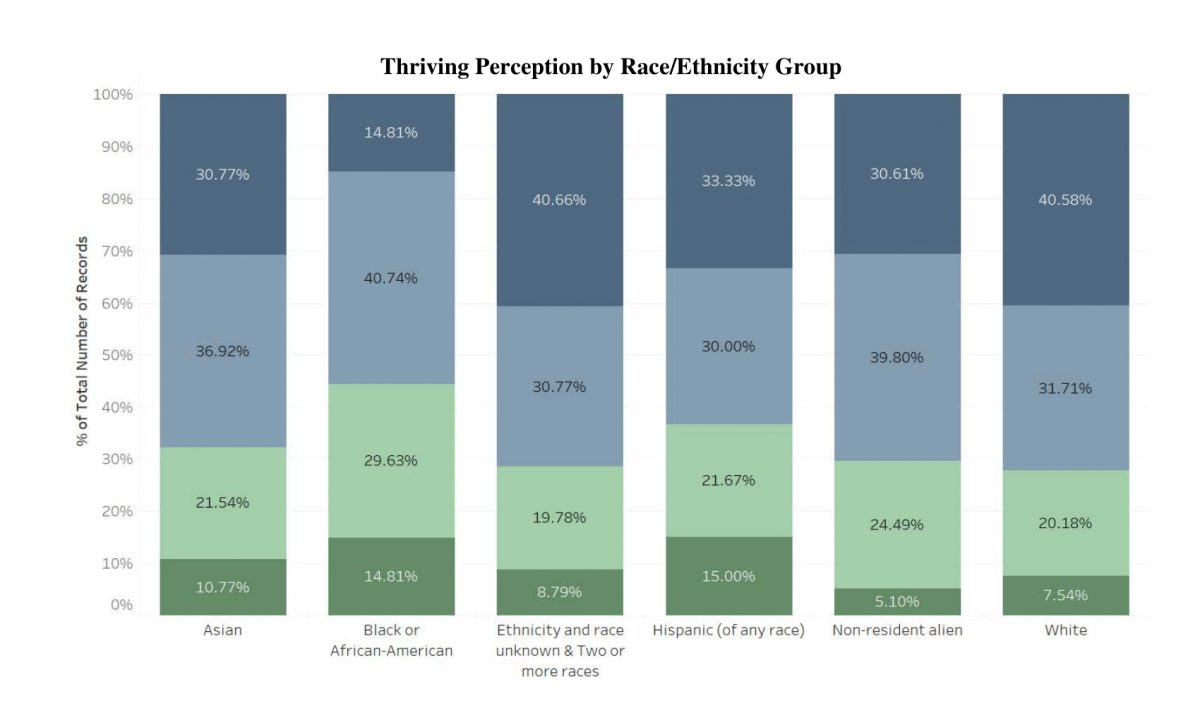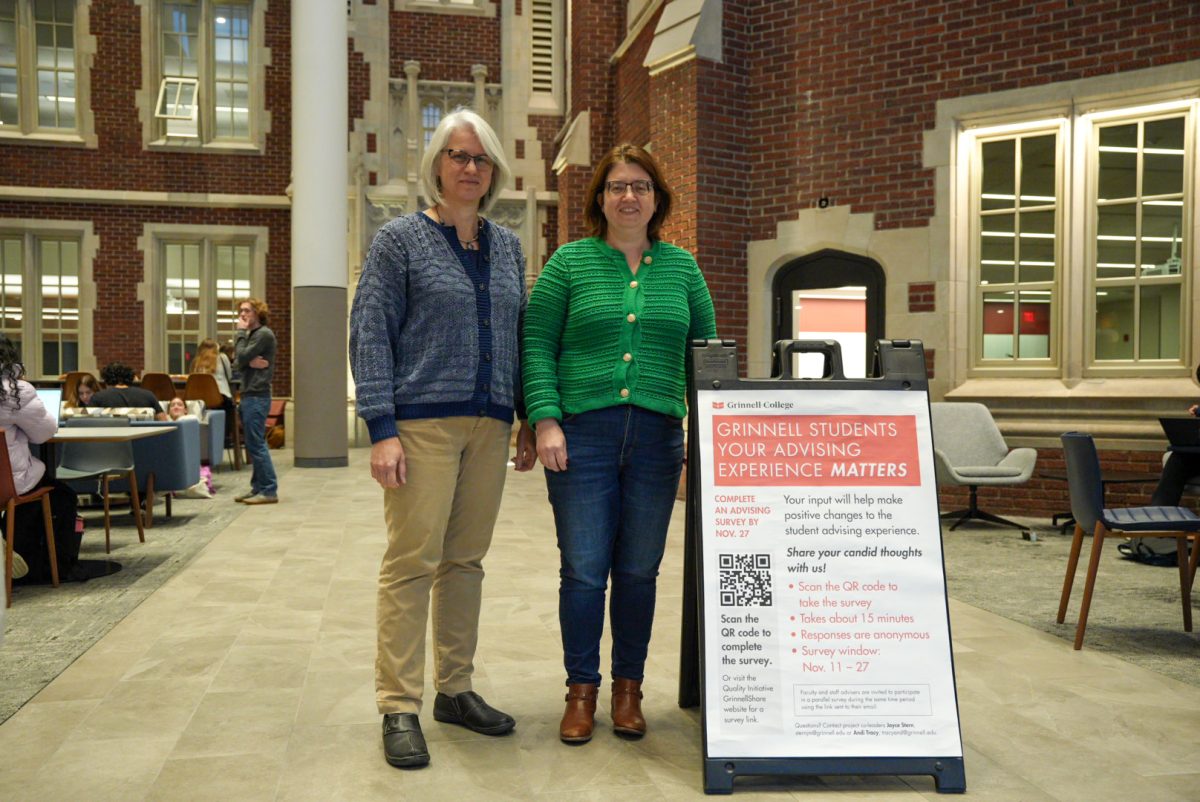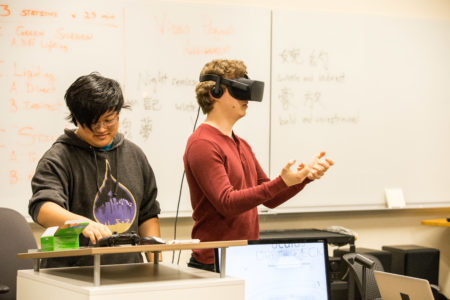
Have you ever wanted to be a white blood cell running away from a virus, saving someone’s life? Maybe you’ve never thought about that prospect before, but now you can with the new equipment acquired by the Grinnell College Virtual Reality Club (GCVR).
Virtual reality is the creation and use of digital environments that users can interact with. Programmers can build any type of environment they want, depending on what they intend to use this technology for.
“Say you want to be in Hawaii. You can be in Hawaii. Or say you want to go explore the ruins of a temple or some kind of building, you can do that,” said Richard Li ’17, co-founder and co-leader of GCVR. “What’s really awesome about it is you can build this environment however you want. All it takes is for the virtual environment to be built to exist.”
GCVR’s virtual reality headset, which students were able to test during the open house, senses head movement. The white blood cell moves as fast as it can through the arteries. The person wearing the headset moves their head left to move left and right to move right. As a white blood cell, they want to avoid blood clots and the things that will slow them down, while also trying to collect the things that will strengthen them.
At the end of last semester, Li and several friends thought that virtual reality was a really interesting new technology that could be brought to campus. They began by searching for professors doing research that could potentially be supplemented by this kind of technology. They spoke with Professor Damian Kelty-Stephen, psychology, whose research about perception and motion could be well supplemented by virtual reality.
“This was something that can happen, and something we’re all interested in helping to make,” Li said.
One project that GCVR has begun working on is porting the digital mockup of the new ARH building into a 3D visualization software. Once this is complete, by using the headset people will be able to experience the building at a near exact scale.
“You can go in and visualize what the space will look and feel like before it’s even built … and see how does this space feel, do we want to add more chairs here, are these good study spaces,” Li said.
Not only does GCVR want to develop environments for interests of professors, they also want to integrate students into the process. They are on the lookout for students to start thinking about what they might like to use virtual reality technology for.
“We’ve been trying to lay the groundwork for students who are interested in developing for these platforms,” Li said. “Or other students that might be interested in starting pilot projects.”
This technology can be used in a variety of different disciplines, ranging from history to studio art. The HTC Vive, one of the pieces of VR equipment the club purchased, would be well suited for artists looking for digital mediums.
“The HTC Vive has the capability to use hand controls to draw in 3D space, so we think that would be a very cool application for any art students or any professors who might want to use it as a digital media for art,” Li said.
Even if students don’t have specific research purposes for using virtual reality equipment, the club still hopes that a lot of the community will get involved.
“I think we’re really excited to be at the point where we can bring this technology to the general public of Grinnell,” Li said. “And [we can] really start getting people in the space to interact with the technology, experience the technology and really start those ideas churning for what we can use this technology for.”


